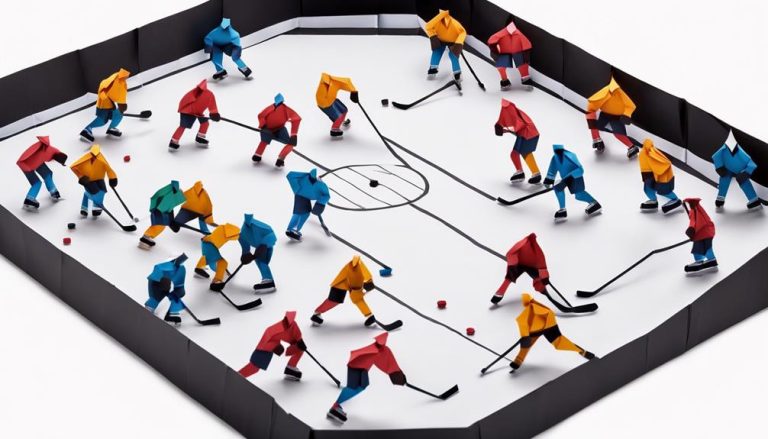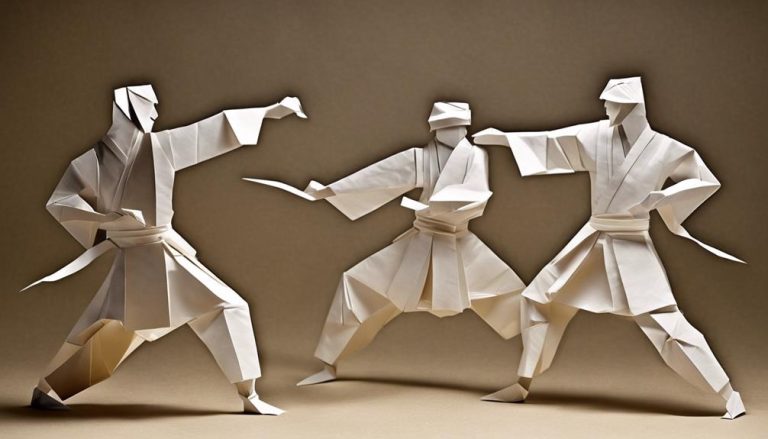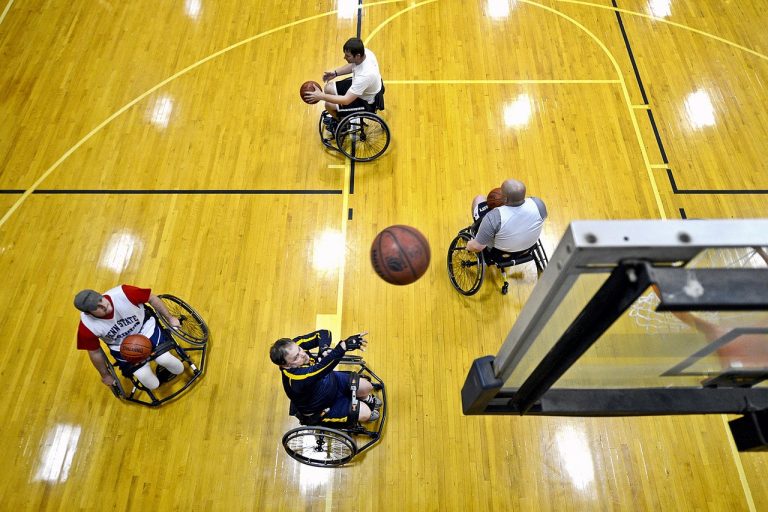General Rules of Enduro
When you're about to undertake an Enduro race, understanding the rules and regulations is vital to a successful and safe experience, as failure to comply can result in penalties, disqualification, or even physical harm. You'll need to navigate the course using directional arrows and warning signs, while following start and finish line etiquette. Respect for fellow riders is necessary, and you'll need to maintain a considerate and courteous attitude throughout the event. You'll also need to verify your bike and equipment meet regulations, and master time management skills to avoid penalties. As you prepare for the race, familiarizing yourself with the rules is necessary to stay ahead of the game.
Course Markings and Signage
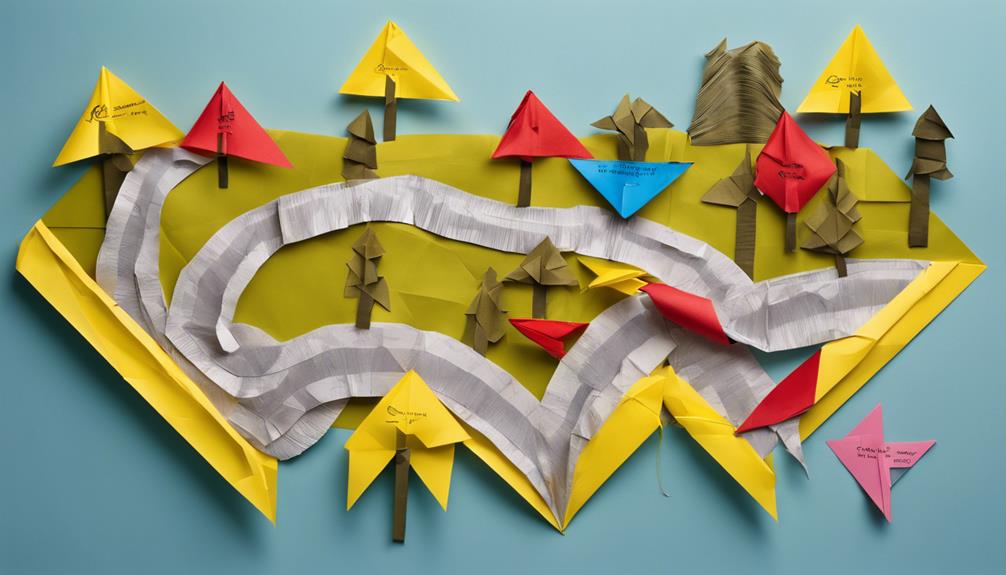
Your course navigation relies heavily on a system of markings and signage that help you stay on track and avoid penalties. As you ride, you'll encounter various signs and markings that guide you through the course. Directional Arrows, for instance, indicate the direction you should be heading, while warning signs alert you to potential hazards or obstacles ahead.
Signposting Strategies are also essential in ensuring you stay on course. These strategies involve the strategic placement of signs at key points along the route, providing you with key information about the course layout and any upcoming challenges. By paying attention to these signs, you can adjust your pace and riding style accordingly, minimizing the risk of mistakes and penalties.
It's essential to stay vigilant and keep an eye out for course markings and signs, as they're there to help you navigate the course efficiently and safely. By following these signs and markings, you'll be able to focus on your riding and enjoy the thrill of the Enduro experience.
Start and Finish Line Rules
You'll need to be aware of the specific rules governing the start and finish lines to avoid penalties and guarantee a smooth race experience. The start line is where your Enduro journey begins, and you must get it right from the get-go. Make sure to position yourself correctly in the starting grid, and be prepared for the green flag to drop.
Three key things to keep in mind at the start and finish lines:
- Pit Lane Protocol: When entering or exiting the Pit Lane, follow the designated traffic flow to avoid collisions and congestion.
- Finish Line Etiquette: As you cross the finish line, slow down and move to the side to allow other riders to finish without obstruction. This is your moment of Finisher's Pride, so savor it!
- Course Boundaries: Be mindful of the designated course boundaries at the start and finish areas to avoid taking shortcuts or cutting corners, which can result in penalties.
Transitions and Time Controls
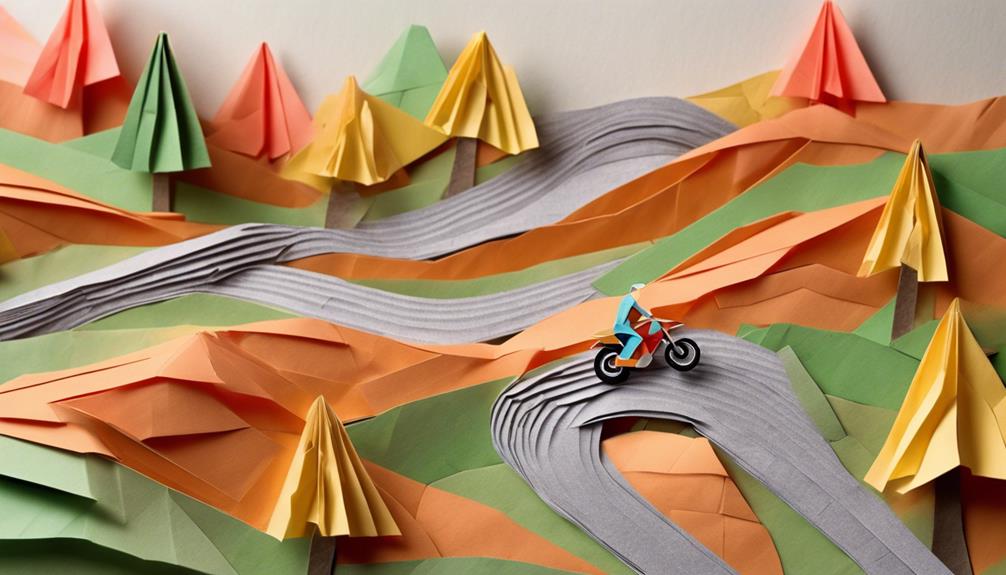
As you navigate the Enduro course, shifts between stages and time controls will be essential in determining your overall performance. Effective handovers between stages are pivotal to maintain momentum and minimize time losses. You'll need to master time management skills to confirm you arrive at control zones within the allotted timeframe. Failure to do so can result in penalties or even disqualification.
Within control zones, you'll need to be aware of specific rules and regulations. Pay attention to signage and instructions from race officials, as these zones are designed to guarantee your safety and that of other riders. When exiting control zones, employ efficient shift strategies to quickly get back up to speed. This might involve rapid tire pressure checks, hydration, or a quick bike inspection.
Rider Conduct and Etiquette
As you take to the trails, it's vital to remember that you're part of a larger community. You'll be sharing the course with fellow riders, and it's imperative that you respect their space and ride within your limits. By doing so, you'll not only guarantee a safe and enjoyable experience for yourself, but also for those around you.
Respect Fellow Riders
Respect for fellow riders is essential in enduro, where a single misstep can have serious consequences, and it's essential that you maintain a considerate and courteous attitude during events. As you ride alongside others, remember that you're part of a larger cycling community that values camaraderie and mutual respect. By doing so, you'll contribute to a positive and supportive atmosphere that benefits everyone involved.
- Yield to others: Be mindful of your speed and position on the trail, and be prepared to yield to other riders, especially those who may be struggling or in distress.
- Communicate clearly: Use clear and concise signals to alert other riders of your intentions, such as shouting 'rider back' or 'trail right' to avoid collisions.
- Offer assistance: If you encounter a fellow rider in need of help, stop and offer assistance – it's a fundamental aspect of the cycling community's spirit of solidarity and mutual support.
Ride Within Limits
One essential aspect of enduro riding is recognizing your personal limits and riding within them to guarantee a safe and enjoyable experience for yourself and others. You should be honest with yourself about your skills and experience level, and not take on trails or features that are beyond your capabilities. Riding within your limits means you'll be more focused on the trail ahead, rather than worrying about keeping up with others or pushing yourself too hard. This approach allows you to Ride Smarter, not harder, and enjoy the ride without unnecessary stress or risk.
Respecting your Personal Boundaries also means being mindful of your physical and mental state. If you're tired, injured, or feeling overwhelmed, it's okay to take a break or call it a day. Remember, enduro riding is about having fun and challenging yourself, not about pushing yourself to the point of exhaustion or injury. By riding within your limits, you'll be able to enjoy the ride, improve your skills, and return home safely, ready to do it all again.
Trail Etiquette Matters
You're more likely to enjoy a stress-free ride when you're aware of and practice good trail etiquette, which involves being mindful of other trail users and the environment. As an enduro rider, you're an ambassador for the sport, and your actions can either promote or harm the trails and the community.
Here are some essential trail etiquette guidelines to keep in mind:
- Yield to others: Be courteous to hikers, horseback riders, and other trail users. Always yield to those coming uphill or with less mobility.
- Stay on designated trails: Avoid taking shortcuts or creating new paths, as this can cause erosion and damage to the environment.
- Respect singletrack courtesy: When encountering other riders on singletrack trails, the rider going uphill has priority, and the downhill rider should yield.
Bike and Equipment Regulations
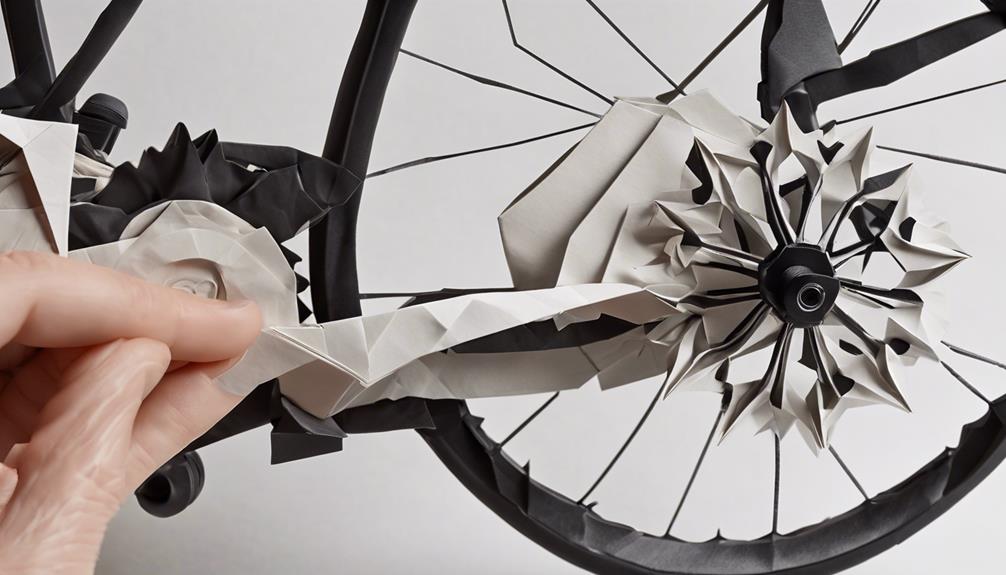
As you prepare for your next enduro race, you'll need to confirm that your bike and equipment meet the regulations. You'll need to check that your frame material is approved, your tire tread patterns are compliant, and your protective gear is up to standard. By verifying these details, you'll avoid any last-minute disqualifications and focus on what really matters – the race itself.
Bike Frame Materials
Your enduro bike's frame material plays a critical role in its overall performance, durability, and compliance with racing regulations. When selecting a frame material, you'll need to weigh factors such as weight, stiffness, and resistance to corrosion.
Three key factors to keep in mind are:
- Carbon advantages: A carbon fiber frame offers exceptional stiffness, low weight, and improved power transfer. However, it can be prone to damage from impact or excessive stress.
- Steel durability: Steel frames are renowned for their strength, durability, and resistance to corrosion. They can be heavier than carbon frames, but offer a more affordable option.
- Aluminum alternatives: Aluminum frames offer a balance between weight, durability, and affordability. They're often used in entry-level or hardtail bikes, providing a cost-effective option for riders.
Ultimately, the choice of frame material depends on your riding style, budget, and personal preferences. By understanding the characteristics of each material, you can make an informed decision and optimize your bike's performance for the demands of enduro racing.
Tire Tread Patterns
In enduro racing, the tread pattern on your tires plays a pivotal role in maintaining traction, stability, and speed on varied terrain, and understanding the different tread patterns is essential for selecting the right tires for your riding style and course conditions. You need to take into account the type of terrain you'll be racing on and your personal riding style when choosing the right tire tread pattern.
For instance, if you'll be racing on dry, hardpacked trails, a tire with a low-profile tread pattern will provide the best traction and speed. On the other hand, if you'll be racing on wet, muddy, or rocky terrain, a tire with a more aggressive tread pattern will provide better grip and control. It's paramount to prioritize traction importance when selecting your tires, as it can make all the difference in your overall performance.
When it comes to tire selection, think about the tread pattern's aggressiveness, knob size, and spacing. A more aggressive tread pattern will provide better traction in loose or slippery conditions, but may sacrifice some speed on harder surfaces. By selecting the right tire tread pattern for your specific needs, you'll be able to maintain ideal traction, stability, and speed throughout the race.
Protective Gear
Riding enduro requires donning protective gear that meets strict regulations to guarantee your safety and the integrity of the competition. You'll need to suit up in gear that's been carefully designed to protect you from the rough and tumble world of enduro racing.
Here are the essentials you'll need:
- Helmet: A helmet that meets the latest helmet technology standards is a must. Look for one with a certification from a reputable organization, such as Snell or ECE.
- Body armor: You'll need body armor that provides protection for your torso, shoulders, and elbows. This can include a chest protector, shoulder pads, and elbow guards.
- Gloves and boots: Rounding out your protective gear are gloves and boots that provide protection for your hands and feet. Look for gear that's specifically designed for enduro racing.
Course Closures and Deviations
Course officials may redirect or halt the event at any time to address safety concerns or unexpected course deviations. As a rider, you should be prepared for changes to the course at any moment. This might involve taking an alternate route or skipping a section of the course altogether.
In the event of a course closure, you'll be directed to a designated route option. This might be a temporary reroute or a permanent change to the course. Pay attention to course marshals and signage, as they'll guide you through the altered route.
Hazard mitigation is a top priority in enduro racing. Course officials will work to minimize risks and guarantee your safety. If a section of the course is deemed too hazardous, it may be closed or modified to reduce the risk of injury. Your safety is paramount, so be prepared to adapt to changes as needed. Remember, course closures and deviations are in place to protect you and other riders. Stay alert, follow instructions, and ride safely.
Time Penalties and Fines
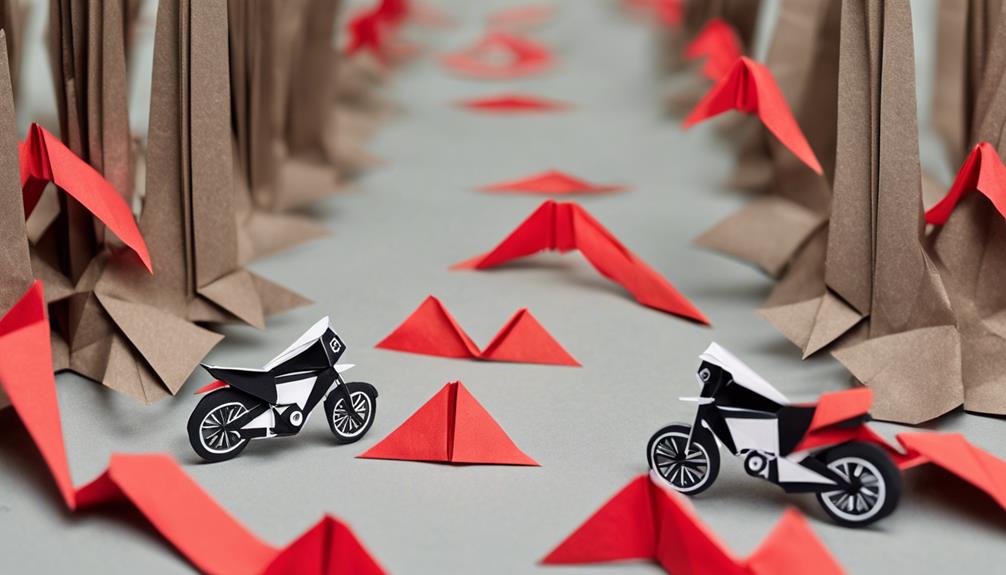
You'll be held accountable for adhering to the course and its rules, and failing to do so can result in time penalties and fines. The penalty systems in place are designed to promote fair play and respect for the course. If you're found to have deviated from the course or broken rules, you'll be issued a time penalty, which will be added to your overall time.
Some examples of infractions that can result in penalties include:
- Course cutting: Taking a shortcut or deviating from the marked course can result in a 1-5 minute time penalty.
- Rule violations: Failing to follow rules, such as not wearing a helmet or ignoring course marshals, can result in a 5-10 minute time penalty.
- Environmental damage: Causing intentional damage to the environment, such as littering or damaging trails, can result in a fine and disqualification.
Fine structures are in place to deter riders from breaking the rules and to protect the environment. Remember, it's your responsibility to know the rules and follow them.
Environmental Responsibility
As you take to the trails, remember that you're not just racing against the clock, but also against the impact of human activity on the environment. Your actions can either contribute to or mitigate the degradation of natural habitats and ecosystems. By adopting trail preservation efforts and respecting the outdoors, you can minimize your ecological footprint and guarantee a sustainable future for enduro racing.
Trail Preservation Efforts
Your participation in trail preservation efforts is crucial to maintaining the integrity of the environment and supporting a sustainable future for enduro enthusiasts. As an enduro rider, you have a responsibility to be an environmental steward, taking care of the trails that you ride on. This not only safeguards the longevity of the trails but also preserves the natural beauty of the environment.
Your contribution to trail preservation efforts is essential. You can contribute in the following ways:
- Stay on marked trails: This helps prevent erosion and damage to the surrounding environment.
- Pack out what you pack in: Take your trash with you and leave the trail in the same condition as you found it.
- Report trail damage: If you notice any damage or hazards on the trail, report it to the local authorities or trail maintenance teams.
Respect the Outdoors
By adopting environmentally responsible practices, you're not only preserving the trails but also safeguarding the broader ecosystem that supports them. As an enduro enthusiast, you have a vital role in protecting the natural environment. Respecting the outdoors is vital, not just for the sake of the trails but also for the wildlife that inhabits them. Wildlife conservation is vital, and as a responsible rider, you can contribute to it.
When riding, avoid disturbing the natural habitats, and never litter. Take your trash with you, and dispose of it properly. Stay on marked trails to prevent erosion and damage to the land. Land preservation is critical, and your actions can make a significant impact. Be mindful of sensitive ecosystems, such as wetlands and wildlife habitats. By being environmentally conscious, you're not only ensuring the longevity of the trails but also preserving the natural beauty of the outdoors. Remember, your actions have a direct impact on the environment, so ride responsibly and respect the outdoors.
Outside Assistance and Support
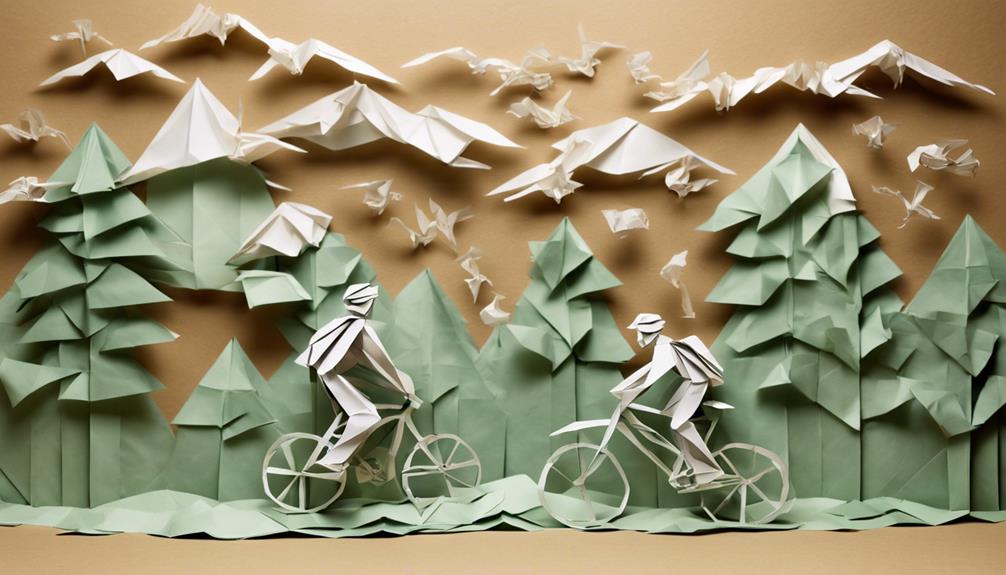
During an enduro event, you'll find that outside assistance and support are strictly regulated to maintain fairness and authenticity among competitors. This means that you'll need to be self-sufficient and prepared to tackle the course on your own, with limited external help.
Here are some key things to keep in mind:
- Pit Crew: Your pit crew can provide limited support, such as basic tools and spare parts, but they cannot perform repairs or provide mechanical assistance.
- Support Vehicles: Support vehicles are allowed, but they must follow specific routes and cannot provide assistance on the course.
- Neutral Support: Neutral support is available for all riders, providing basic assistance like tire plugs and CO2 cartridges.
Disputes and Protest Procedures
In the event of a dispute or disagreement, you'll need to follow established procedures to file a protest and resolve the issue efficiently. This guarantees that your concerns are addressed promptly and fairly, allowing you to focus on the race.
When filing a protest, you'll need to submit a written statement detailing the dispute, including the nature of the issue, the parties involved, and any supporting evidence. The protest committee will review your submission and may request additional information or evidence to facilitate a fair and informed decision.
In the event that a resolution can't be reached through the protest committee, you may be eligible to escalate the issue to the Arbitration Process. This process provides an impartial and binding decision, certifying that all parties are held to the same standards. By being aware of the Jurisdiction Limits of the protest committee and the Arbitration Process, you can navigate disputes with confidence, guaranteeing a faster resolution and a more enjoyable racing experience.
Frequently Asked Questions
Can I Use a Different Bike for Each Stage of the Enduro?
You're free to swap bikes between stages, but consider the logistics; bike swaps can impact your stage strategy, so weigh the benefits against the hassle and potential time losses before making a switch.
Are There Any Restrictions on Tire Tread Patterns?
"You've got a million options for tire selection, but surprisingly, there are no restrictions on tread patterns, giving you the freedom to customize your treads to shred the trails like a beast, and dominate the enduro course!"
Can I Ride With a Buddy Who Is Not Competing?
You're free to ride with a buddy who's not competing, leveraging a buddy system for pace support, but verify you're not gaining an unfair advantage, and check specific event rules to confirm this is allowed.
Are There Any Specific Rules for Downhill Sections?
'Imagine traversing a treacherous obstacle course; now, picture that, but downhill. For you, speed demons, there's a Speed Limit in place; Course Marshals will be watching, so don't get too reckless – safety first, thrill-seekers!'
Can I Wear a Camera on My Helmet During the Race?
When racing, you can wear a camera on your helmet if it meets helmet safety standards and doesn't obstruct your vision; verify proper camera mounting to avoid distractions or hazards during the event.

